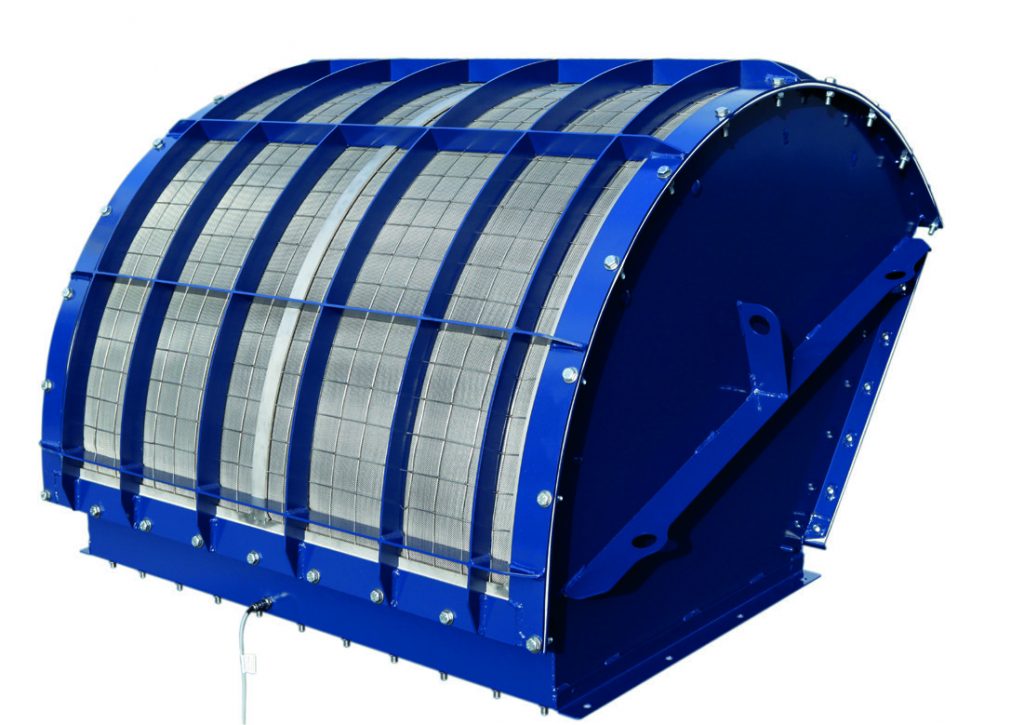Explosion Prevention in the Biomass Industry
Biomass safety is more important that ever. Biomass energy is now becoming the biggest growth in Green field installations, as countries come to terms with their pollution problems. Processes handling a combination of Dust, Gas and Vapour hazards are beginning to be developed, requiring the full range of Explosion prevention and protection systems available.
Renewable energies witnessed a 19 percent growth in 2011, making it the ninth year of double digit growth.
What implications does this have for biomass safety? If you look at the news section of our website, explosions are being reported every month from Wood processing facilities, Bio diesel plants, Sewage treatment, Grain Silos, Coal fired power plants, saw dust mills (with pine beetle killed wood coming in dryer) and even the pellet drying plants are seeing incidents.
ISOLATION BY ATEX POWDER ISOLATION
One of the most integral elements to biomass safety is isolation. It’s absolutely imperative you have the right explosion isolation equipment in place.
ATEX Powder or Hot Water Isolation Systems provide an effective means of isolating the flame front growth of an advancing deflagration. With the same features as an ATEX Suppression system they suppress the advancing flame front and mitigate the advancing pressure wave.
When the Isolation device receives a ‘fired’ signal from a control system and/or sensor it fires the gas generators, releasing the valve. Extinguishing chemical is then discharged at 60bar pressure into the protected plant. Having such measures in place is key to biomass safety
All suppressors have an easily refurbishable valve system. Expensive and unreliable rupture disks and/or explosively actuated devices are not required.




FLAMELESS VENTING
The ATEX Flameless Explosion Vent is a safe indoor venting solution for explosion protection of indoor processes in personnel areas. It uses a stainless steel mesh filter to quench vented explosions and arrest flames.
The ATEX Quench System was developed in response to a specific need, i.e. explosion venting inside buildings. Traditional explosion venting technologies require a safe venting (usually outdoors), where there is no risk of secondary explosions or harm to personnel. Explosion vented plant has to be ducted out to a designated (external) safe area (usually within 3 to 6 metres). The only alternative is to strengthen vessels to withstand greater explosion pressures and/or to install relatively expensive explosion suppression systems.
The ATEX Quench design allows venting of explosions without the attendant risks of an external fireball and without the use of vent ducts. It is essentially a flame-arrester comprising of a porous, heat-absorbing surface in the form of a cage. The vented explosion enters the cage, the gases are cooled as they pass through the porous surface, dust is filtered out and the flame is quenched.
